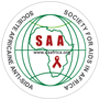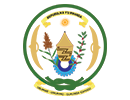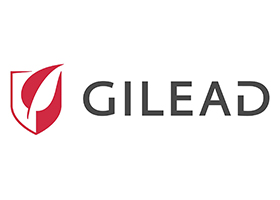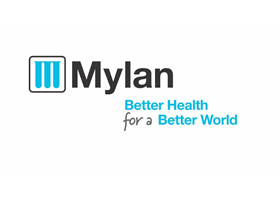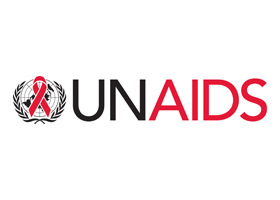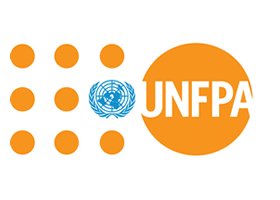Time: 8.45 - 10.15
Room: Auditorium
Reporter: INGRID UWASE
Operationalizing the implementation of innovative biomedical prevention (PrEP, microbicides, and long acting ARVs) - Prof. Linda-Gail Bekker
Prof Bekker, discussed the history of PrEP research and development, challenges associated with its access, the successes to date and future direction. She referred to PrEP as a chemical condom that has been able to saves 3 million people at risk of HIV from acquiring infection since its approval for use in 2012. This is one prevention options available that needs to be incorporated in all prevention program for HIV. It is clear the world will miss its 2020 HIV target with regards to closing the prevention gap. PrEP is a critical tool to help make the difference to the global response as it shows a 90% reduction in the risk of individuals who use it, from contracting HIV infection.
Promote stronger community led leadership for ending AIDs in Africa. - Massogui THIANDOUM
Participants were informed about the ‘why’ and ‘how’ of civil societies engagement in national response. The speaker highlighted about the 30 years civil society organizations have been in the fore front of the fight against HIV. These movements have been through strong religious organizations commitment, and civil society actors have helped in raising for PLWHIV. Civil Society actors advocacy have been fundamental in providing access to generic ARVs. Community programs in different African countries are leading the path against HIV, where they have initiated innovative approach in reaching key populations, eradicating stigma, and collecting evidence that are used in advocacy. Those programs, include the Programme LILO in Namibia, and the establishment of legal clinics and legal aid agencies to support key population in Mauritius, and many others. The key take home message is that ending HIV is possible, but will not be achieved without communities.
Integrating HIV care with emerging infections, comorbidities, and NCDs - Prof. Wafaa El - Sadr
Non-communicable diseases may likely overtake communicable diseases, neonatal, and nutritional disease combined to become the leading cause of mortality in sub-Saharan Africa by 2030. People living with HIV are at the same risk to NCDs as people who are HIV negative. However, People living with HIV may be more at risk due to HIV infection and or the use of antirerovirals. There is a necessity to integrate non-communicable diseases management in all HIV programs. An effective method is the use of the Public Health 2.0 approach, and active engagement of the services users. Trials conducted, like the in Kenya, has shown that integrated multi-disease screening, increased acceptability and uptake of HIV testing in rural communities. The home message is that successful NCD/HIV integration will require countries to identify and focus on non-communicable disease that makes the highest impact on health, using approaches that can allow non-clinicians to provide services, and empower recipients of care for self-management. It is important to scale up NCD/HIV integration now in order to control these two syndemics.


